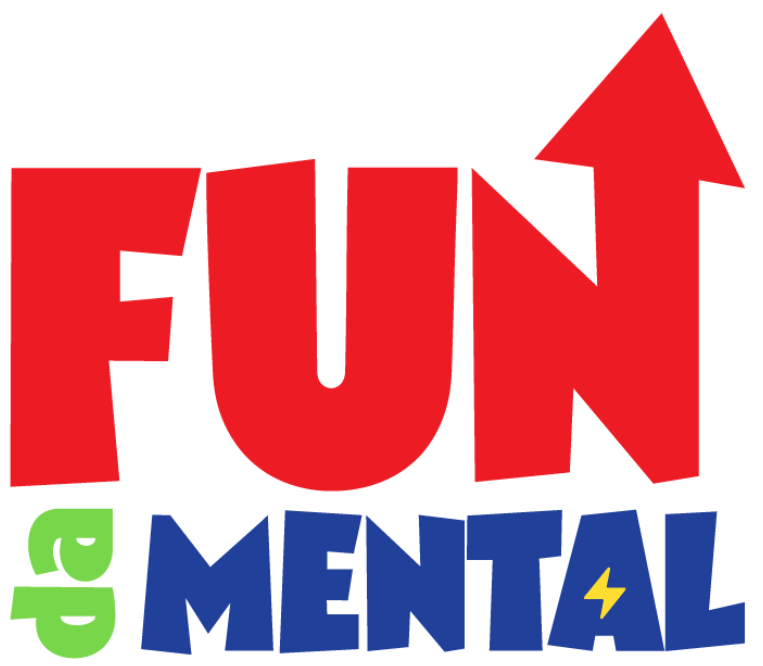Unlock Nature
Key Thought
What is Curiosity?
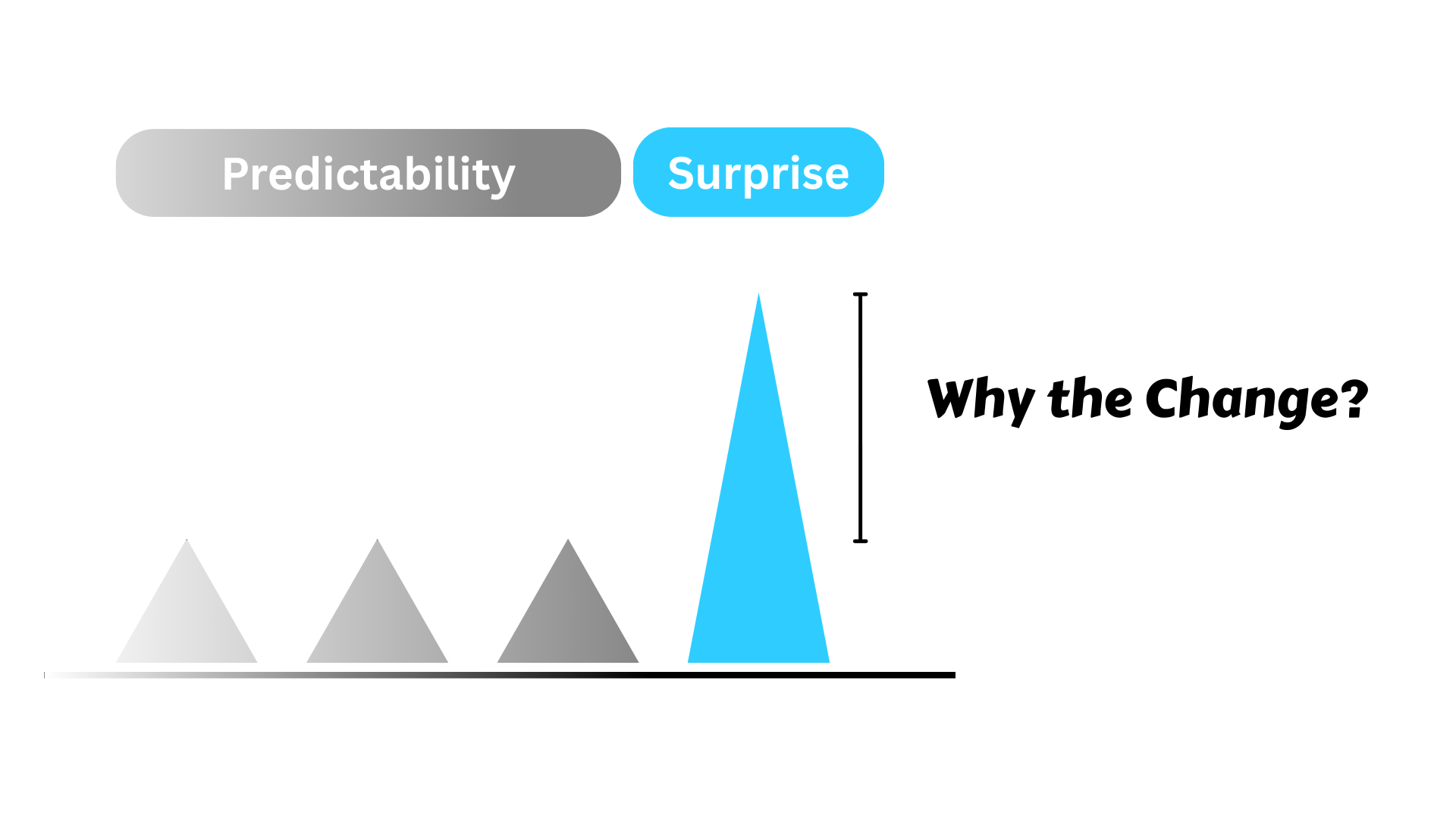
Discrepant Events


Unlock Nature
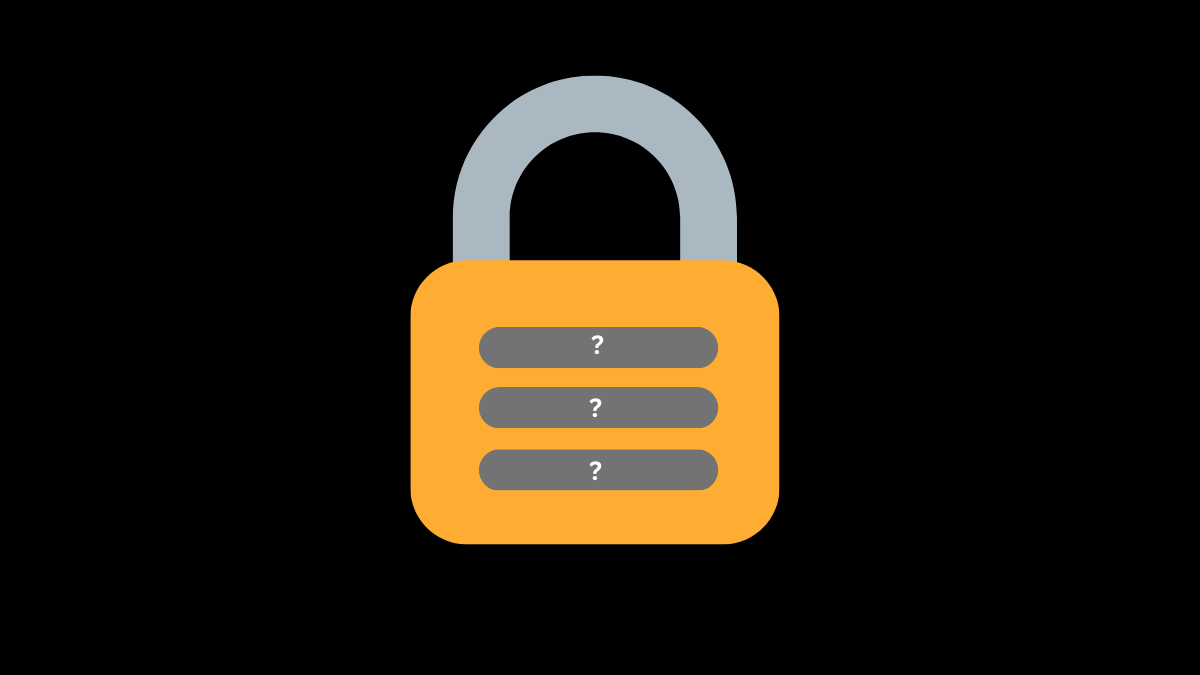
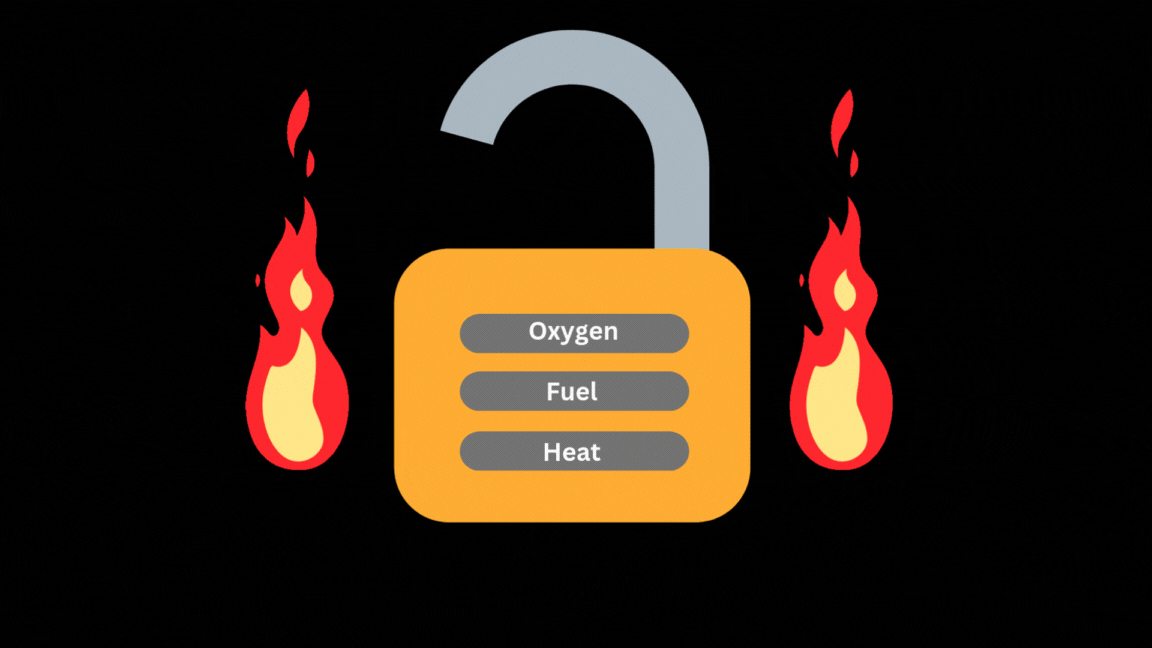
Instead of using a combination lock, we use processes to make nature respond to our commands.
Basically this process allow us to unlock nature every day and power up the world!

The Scientific Method
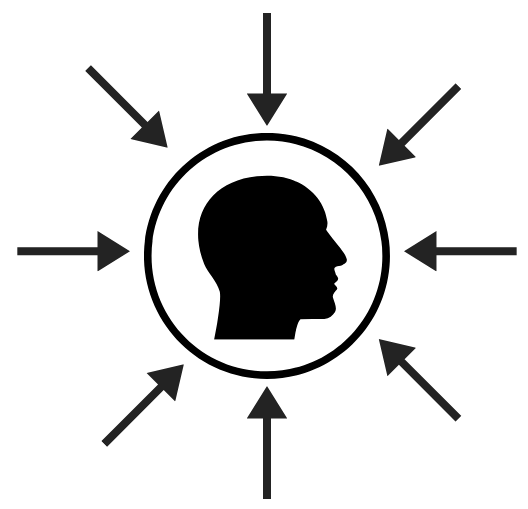
Observation
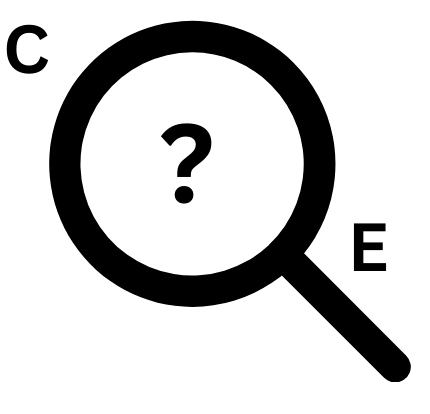
Questions
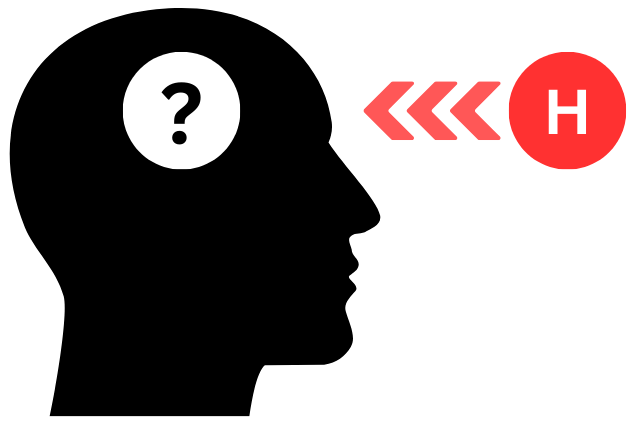
Hypothesis
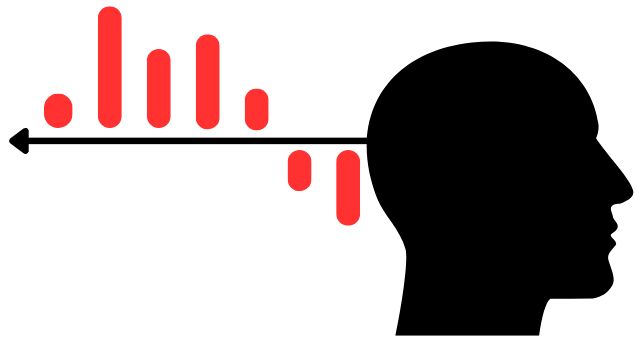
Reflect
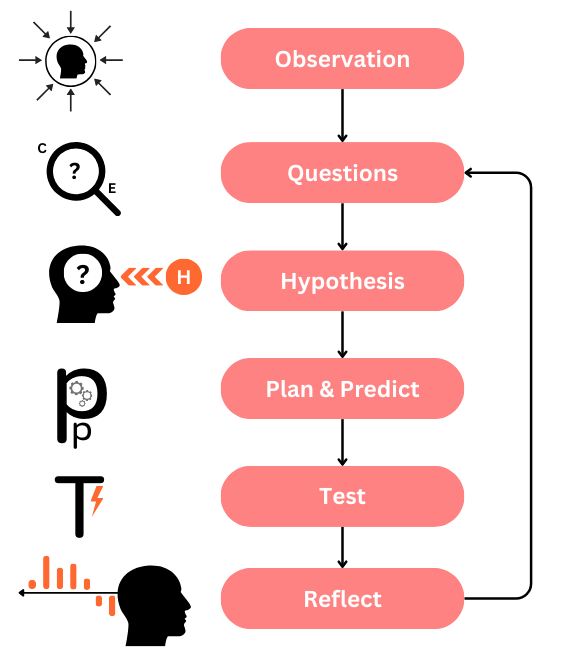
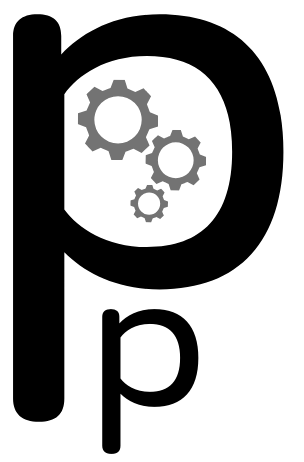
Plan & Predict
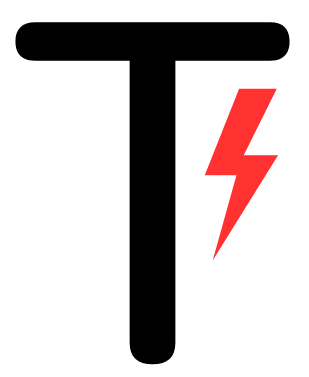
Test
Evidence and Logic
Evidence
The image below shows us some relationships.
- Cause and effect can be used as evidence
- Many examples of evidence can form logical reasoning.
- Logical reasoning can shape your belief.
So evidence is a resource that a teacher can use to prove by experiment!
So don't loose it, use it!

Logical Statement
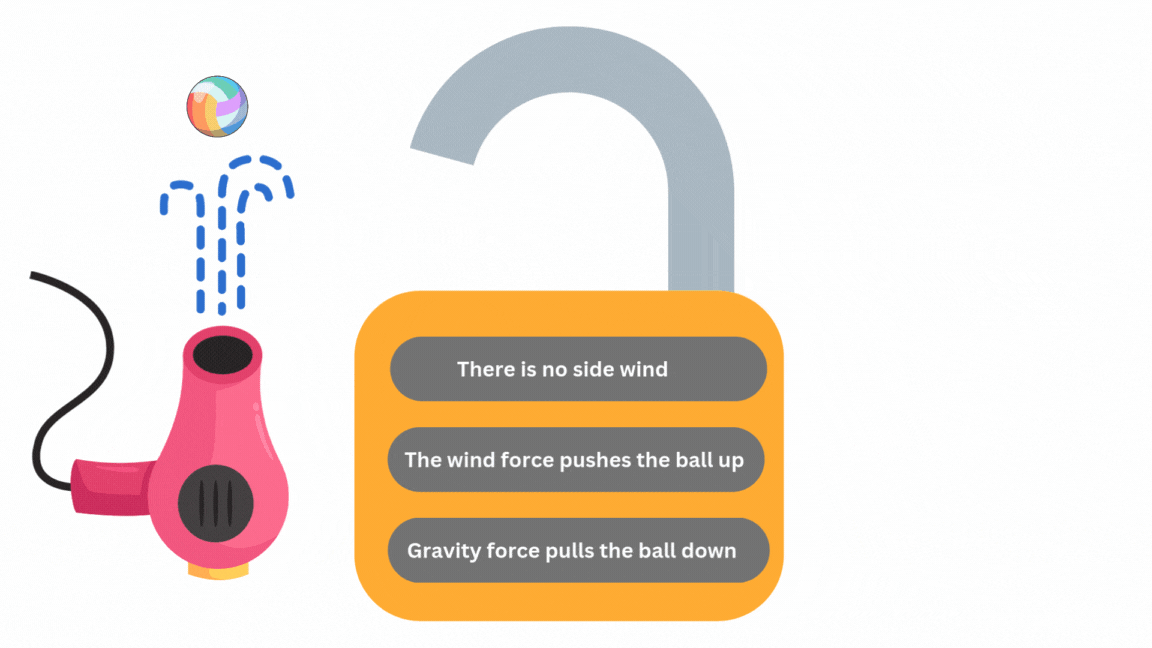
Process
So far the hovering ball has 3 logical statements that are true.
They can be demonstrate and proved by experiment.
With a real combination lock, it is important to have the numbers in the right order.
It is a process.
A process is a series of steps done in order, or step 1, step2, step3 ect
When you do the process you get the result.
Did you arrange these logical statements in the correct order?
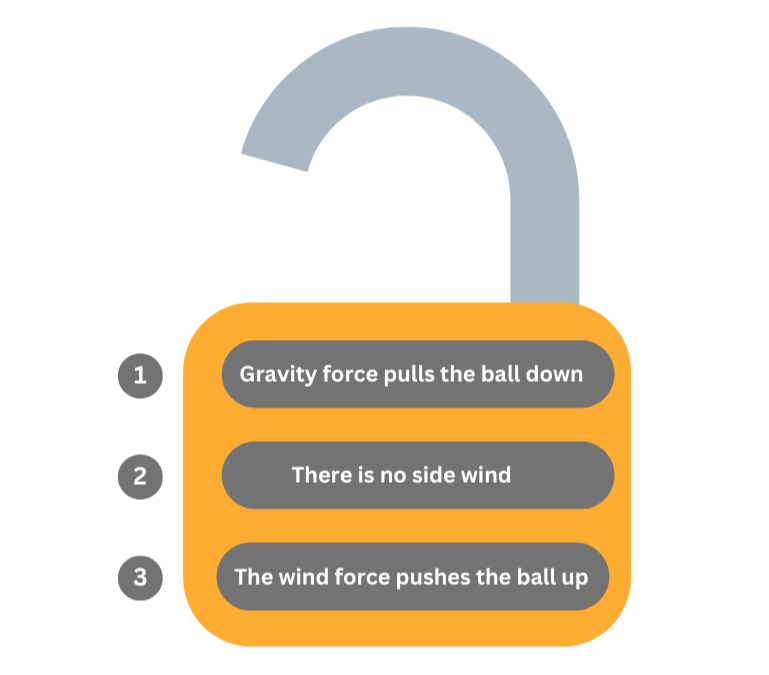
Get in touch
-
PO BOX 534
Kellyville NSW 2155 -
lw@thesonickitchen.com.au
-
0400 795 806
Stay in the Loop!
Collaboration
If you are the only person In your centre doing this course?
You can approach your centre manager and/or the room leader to seek support.
- Share their perspectives on how to apply the new idea
- Support you in the planning (i.e do you apply it to an interaction you have already planned? or make a new one?)
- Help you determine the best time to apply it in your usual program
If you have other colleagues doing this course?
You can work with your colleagues online (using the learning platform chat, or video conferencing) or in-person
- Share their perspectives on how to apply the new idea
- Support you in the planning (i.e do you apply it to an interaction you have already planned? or make a new one?)
- Help you determine the best time to apply it in your usual program
